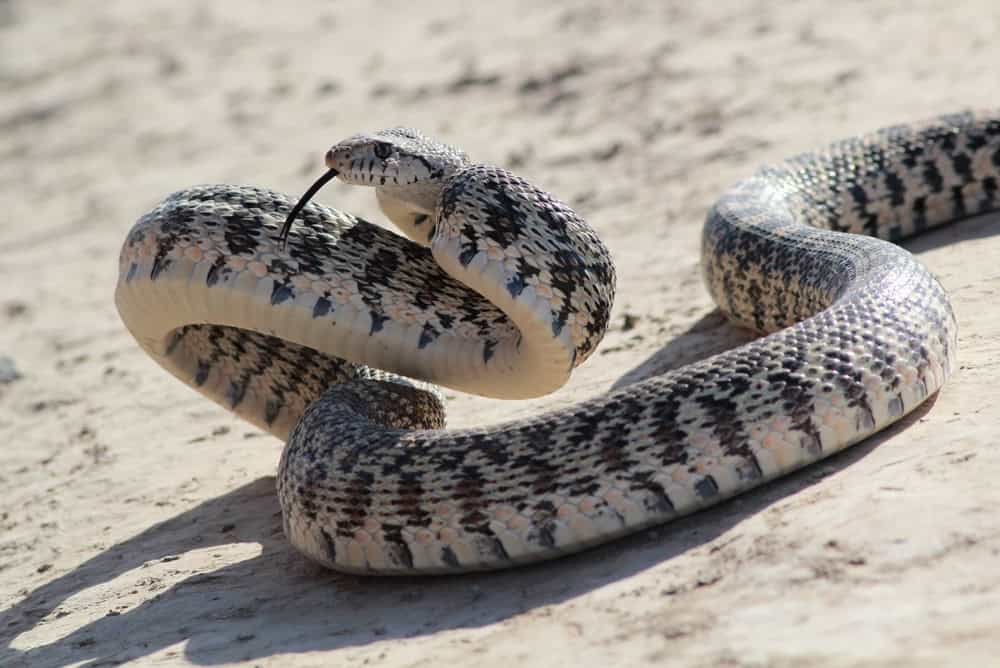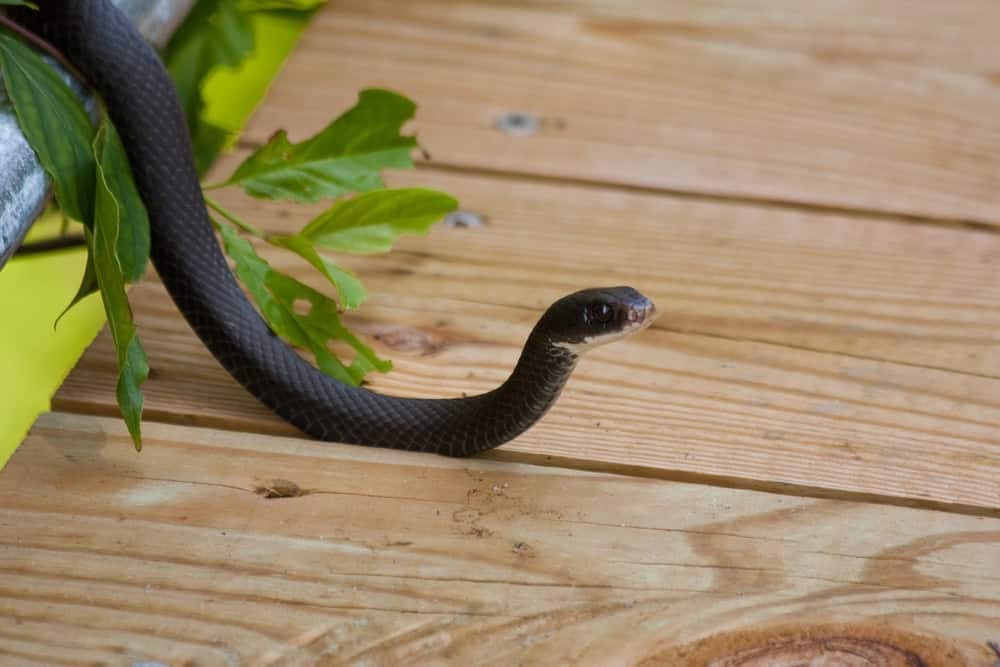Snakes, while fascinating creatures, can be unwelcome guests in our homes and gardens. While most snakes are harmless and play a crucial role in the ecosystem, their presence can cause discomfort for many people. Whether you’re looking to protect your yard, pets, or peace of mind, there are practical steps you can take to minimize encounters with these slithering intruders. Here, we’ll explore 11 effective and humane strategies to keep snakes away from your home.
11. Maintain Your Yard

Regular yard maintenance is a significant deterrent to snakes, which prefer overgrown, cluttered areas for hiding and hunting. Keep grass short, trim shrubs, and remove debris, such as leaf piles or fallen branches. This reduces the habitat available for snakes, as well as the rodents they prey upon. By maintaining a tidy yard, you make your property less attractive to snakes seeking shelter and food.
10. Seal Cracks and Holes

Snakes can slither through surprisingly small spaces, making sealing potential entry points essential. Inspect the exterior of your home, paying close attention to foundation cracks, gaps in walls, and spaces around pipes and vents. Use caulk or weatherstripping to seal these entryways, preventing snakes from finding a way inside your home.
9. Install Snake Fencing

If snakes are a persistent problem, installing a snake-proof fence can be a worthwhile investment. These fences, typically made of mesh or smooth material, should be buried a few inches underground and angled outward. This design prevents snakes from burrowing beneath and climbing over the barrier, effectively keeping them out of your yard.
8. Remove Food Sources

Eliminating potential food sources is crucial in discouraging snakes from entering your property. Snakes are attracted to areas with abundant prey, such as rodents, insects, and other small animals. Keep pet food secured indoors, minimize birdseed spills, and control rodent populations to reduce the food supply that may lure snakes to your yard.
7. Use Natural Snake Repellents

There are several natural substances known to deter snakes, such as sulfur, clove and cinnamon oil, and vinegar. These can be strategically placed around your property to create an unpleasant environment for reptiles. However, be mindful of using natural repellents in areas accessible to pets and children, as some substances may cause irritation.
6. Introduce Snake Predators

Attracting natural predators, like birds of prey or domestic animals, can help keep snake populations in check. For instance, owls and hawks can be encouraged to visit your property by installing nesting boxes. Cats and certain breeds of dogs can also deter snakes, although their presence alone may not be sufficient to keep all snakes at bay.
5. Manage Moisture Levels

Snakes are often drawn to moist environments, which provide drinking water and habitat for their prey. By reducing excess moisture on your property, such as through proper drainage or fixing leaky faucets, you can make the area less attractive. Consider installing gutters and downspouts to direct water away from your home’s foundation.
4. Use Landscaping Strategically

Design your landscape to be less snake-friendly by using plants that deter them, such as marigolds or wormwood. Create barriers with gravel or rough terrain, which snakes are less likely to cross. Additionally, avoid dense ground covers and tightly packed plants, as these can provide ideal hiding spots for snakes.
3. Protect Garbage and Compost Areas

Snakes may be attracted to garbage and compost areas due to the presence of rodents and insects. Secure trash bins with tight-fitting lids and consider using a composting system that limits access to wildlife. Regularly clean these areas to avoid providing snakes with both a habitat and a food source.
2. Educate Your Family and Neighbors

Education is a powerful tool in preventing snake encounters. By informing your family and neighbors about snake deterrence methods, you create a community-wide effort in reducing the presence of snakes. Share information about identifying venomous and non-venomous species, and discuss what actions to take if a snake is encountered.
1. Seek Professional Help

If you’ve tried various methods and snakes remain a problem, it may be time to consult with a wildlife control professional. These experts can provide a thorough assessment of your property and recommend targeted solutions tailored to your specific situation. This can be particularly helpful if you are dealing with venomous snakes or a severe infestation.
Conclusion:

In conclusion, while snakes can be beneficial to the environment, having them too close for comfort can be unsettling. By following these strategies, you can make your home and yard less inviting to snakes, ensuring your space remains safe and peaceful. Remember that patience and persistence are key, as it may take time for these methods to take full effect. With a combination of prevention, deterrence, and awareness, you can significantly reduce the likelihood of snake encounters in and around your home.
- 10 Animals That Use Camouflage Best - August 17, 2025
- 13 Wild Birds That Use Tools to Hunt - August 17, 2025
- 9 Smartest Animal Species in North America—And Why They’re So Clever - August 17, 2025

